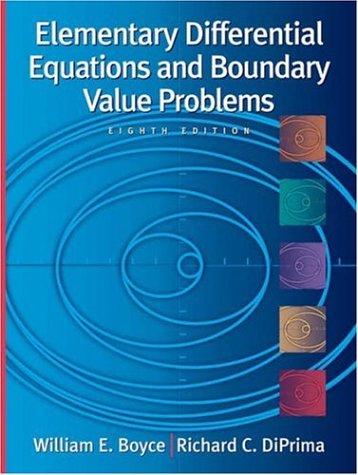Question
8. Sex Ratio and the Price of Agricultural Crops in China In this exercise, we consider the effect of a change in the price of
8. Sex Ratio and the Price of Agricultural Crops in China
In this exercise, we consider the effect of a change in the price of agricultural goods whose production and cultivation are dominated by either men or women. Our data come from China, where centrally planned production targets during the Maoist era led to changes in the prices of major staple crops. We focus here on tea, the production and cultivation of which required a large female labor force, as well as orchid fruits, for which the labor force was overwhelmingly male. We use price increases brought on by government policy change in 1979 as a proxy for increases in sex-specific income, and ask the following question: Do changes in sex-specific income alter the incentives for Chinese families to have children of one gender over another? The CSV data file, chinawomen.csv, contains the variables shown in table 7.4 (p.391), with each observation representing a particular Chinese county in a given year. Note that post is an indicator variable that takes the value 1 in a year following the policy change and 0 in a year before the policy change.
1.We begin by examining sex ratios in the postreform period (i.e., the period after 1979) according to whether or not tea crops were sown in the region. Estimate the mean sex ratio in 1985, which we define as the proportion of male births, separately for tea-producing and non-tea-producing regions. Compute the 95% confidence interval for each estimate by assuming independence across counties within a year. Note that we will maintain this assumption throughout this exercise. Furthermore, compute the difference-in-means between the two regions, and its 95% confidence interval. Are sex ratios different across these regions? What assumption is required in order for us to interpret this difference as causal?
data(chinawomen, package = "qss")
2.Repeat the analysis in the previous question for subsequent years, i.e., 1980, 1981, 1982,, 1990. graph which plots the difference-in-means estimates and their 95% confidence intervals against years. Give a substantive interpretation of the plot.
3.Next, we compare tea-producing and orchard-producing regions before the policy enactment. Specifically, we examine the sex ratio and the proportion of Han Chinese in 1978. Estimate the mean difference, its standard error, and the 95% confidence intervals for each of these measures between the two regions. What do the results imply about the interpretation of the results given in question 1?
4.Repeat the analysis for the sex ratio in the previous question for each year before the reform, i.e., from 1962 until 1978. graph which plots the difference-in-means estimates between the two regions and their 95% confidence intervals against years. Give a substantive interpretation of the plot.
Step by Step Solution
There are 3 Steps involved in it
Step: 1

Get Instant Access to Expert-Tailored Solutions
See step-by-step solutions with expert insights and AI powered tools for academic success
Step: 2

Step: 3

Ace Your Homework with AI
Get the answers you need in no time with our AI-driven, step-by-step assistance
Get Started


